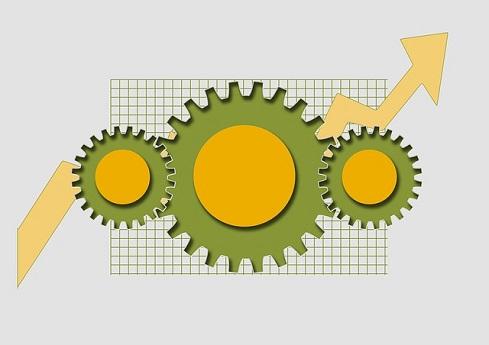Cross-functional "fusion" teams can present benefits to organizations, and can help members in their career development, if those teams are done right.

Today’s digital opportunities and risks are cross-cutting and fast changing. They require a range of business and technology skills, experience and resources, so it’s no surprise that 9-in-10 IT employees now participate in flexible “fusion” teams that extend across IT and the business.
Agile and DevOps teams are common examples within IT, while teams in areas such as digital marketing and digital product development routinely combine staff from IT and many other parts of the business.
To meet their objectives, these teams continually collaborate, adapt as priorities change, and learn new processes and tools as required. Although this style of work is now common, it is difficult to get right. In fact, only one-in-four cross-functional teams working on digitization initiatives are effective – the rest either don’t create business value or do so too slowly.
To help IT leaders build successful fusion teams, we surveyed more than 500 cross-functional digitization teams in early 2017. We found four characteristics that made the highest performing teams stand out from the rest.
1. Coaching commitment. Teams working on digital opportunities frequently need to learn new skills. The fastest way for this to happen is for team members to coach each other, but many performance measurement systems create disincentives to coaching by emphasizing individual, not collective, performance. To make matters worse, offering financial rewards to encourage coaching can be counter-productive as it gives employees an excuse to opt out if they decide the rewards are too low.
Instead, companies with the most successful fusion teams promote shared team objectives and include examples of the specific collaborative behaviors they want to promote. They also make coaching intrinsically rewarding, for example, by ensuring that effective coaches get public recognition or by emphasizing the satisfaction of seeing colleagues thrive as the result of coaching.
2. Learning mindset. Fusion team members develop a learning mindset as they are exposed to new skills and experiences, and this mindset helps them perform better on fusion teams in the future. Unfortunately, this virtuous cycle of learning cuts across traditional functions and role boundaries, leading 82% of employees we surveyed to believe that it will slow their careers.
The companies with the most effective fusion teams have rethought their career maps to encourage employees to see fusion team assignments as learning opportunities that increase their employability. They are moving from career ladders -- where promotion occurs within job families -- to “diamond-shaped” careers, where a variety of experiences (including more moves between jobs at the same level) help employees build diverse skills. This shift can be hard for IT to do alone and typically requires help from HR to redraw job families and broaden compensation bands.
3. Open disposition. Members of fusion teams must be open to risk, uncertainty and new ways of working. Unfortunately, decades of standardization and centralization have left many IT employees risk adverse, process-centric or focused on their functional silos.
To promote a more open disposition, IT leaders must lead by example in their attitudes toward risk taking and learning from failures. The choice of metrics they use on the IT scorecard is also surprisingly important. Organizations that emphasize traditional measures of success such as on time, on budget and operational performance are sending a signal that employees should be risk averse and skeptical about new ways of working. To promote open mindsets, progressive organizations “unbalance” their scorecards and spend disproportionate time talking about measures such as speed to market, business impact and talent development.
4. Digital acumen. Members of fusion teams need to understand what digitization means for their company and how best to exploit it. Yet in a 2016 survey of almost 600 companies globally, 56% of senior leaders admitted they lack this knowledge – and the number was even higher for more junior employees. One way to boost digital acumen is to make it a formal leadership competency that is included in hiring and promotion criteria and added to leadership development programs. Below the leadership level, it’s important to clearly link digitization to the company’s strategic objectives and explain that digitization requires new ways of working, not just new technologies.
Digitization has many interdependencies and stakeholders. Because of this CIOs and other IT leaders need to take practical actions to build flexible, cross-cutting fusion teams at scale. By learning from each other and developing new kinds of expertise, members of these teams can navigate the uncertainty and interconnectedness of digitization initiatives.
About the Author(s)
You May Also Like







